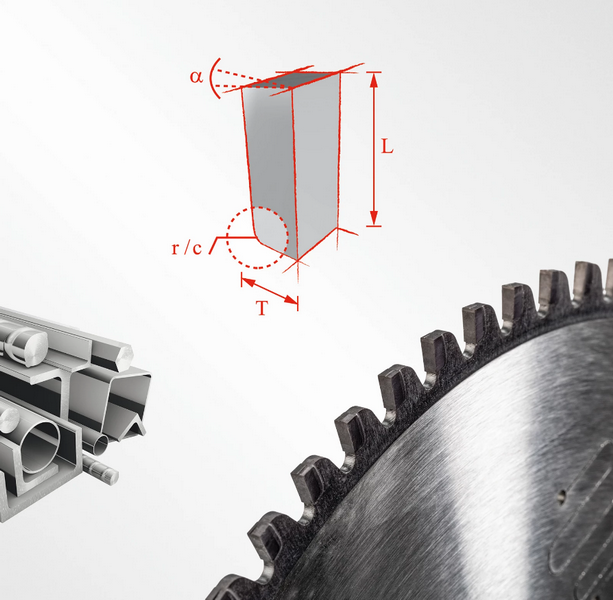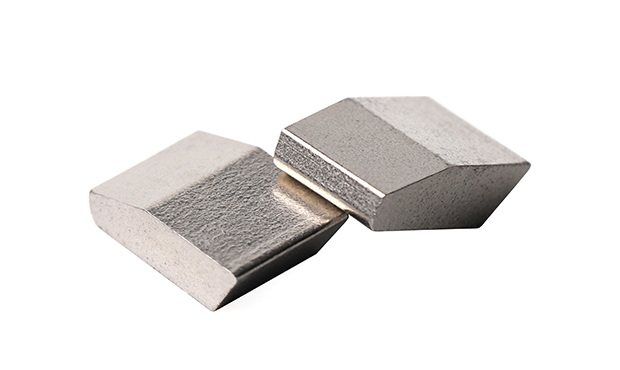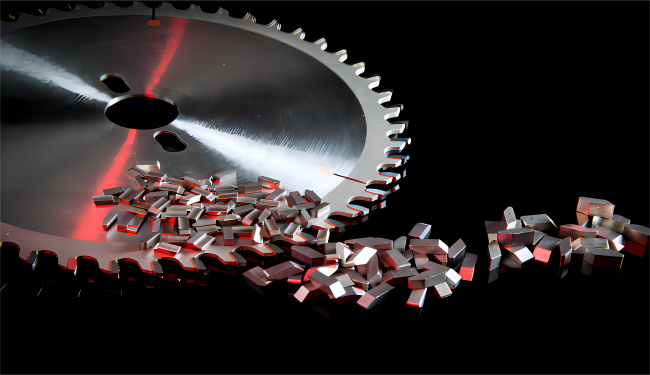Content Menu
● The Rise of Advanced Materials
>> Benefits of Advanced Materials
● Innovations in Manufacturing Processes
>> Powder Metallurgy
>> Additive Manufacturing
● Enhanced Coatings for Performance
>> Types of Coatings
● Smart Technology Integration
>> Benefits of Smart Technology
● Customization Options from Suppliers
>> Advantages of Customization
● Sustainability Initiatives
>> Impact on the Market
● Conclusion
● Related Questions
>> 1. What are carbide saw tips made from?
>> 2. How do I choose a reliable carbide saw tips supplier?
>> 3. What are the benefits of using advanced coatings on carbide saw tips?
>> 4. Can I customize my carbide saw tips?
>> 5. How does smart technology improve carbide saw tip performance?
Carbide saw tips have become an essential component in various cutting applications, from woodworking to metal fabrication. As technology advances, the market for carbide saw tips is evolving rapidly. This article explores the innovations that are transforming this market, highlighting new materials, manufacturing processes, and design enhancements that improve performance and efficiency.

The Rise of Advanced Materials
One of the most significant innovations in carbide saw tips is the development of advanced materials. Traditional carbide materials have been enhanced with new composites that offer superior hardness and wear resistance. For example, suppliers are now offering carbide tips infused with cobalt or titanium, which improve durability and extend tool life.
Benefits of Advanced Materials
- Increased Wear Resistance: New materials can withstand higher temperatures and resist wear better than traditional carbide.
- Improved Cutting Performance: Enhanced materials provide sharper edges and better cutting efficiency.
- Longer Tool Life: Tools made with advanced materials require less frequent replacement, reducing downtime and costs.
Innovations in Manufacturing Processes
The manufacturing processes for carbide saw tips have also seen significant advancements. Techniques such as powder metallurgy and additive manufacturing (3D printing) are becoming more common.
Powder Metallurgy
Powder metallurgy involves compacting fine particles of metal into a desired shape and then sintering them at high temperatures. This process allows for precise control over the composition and microstructure of the carbide tips.
Additive Manufacturing
Additive manufacturing enables the creation of complex geometries that were previously impossible to achieve with traditional methods. This innovation allows suppliers to produce custom carbide saw tips tailored to specific applications.
Enhanced Coatings for Performance
Coatings play a crucial role in improving the performance of carbide saw tips. Innovations in coating technology have led to the development of multi-layer coatings that enhance durability and reduce friction.
Types of Coatings
- TiN (Titanium Nitride): Provides a hard surface that reduces wear.
- TiAlN (Titanium Aluminum Nitride): Offers excellent heat resistance and oxidation protection.
- Diamond Coatings: Ideal for cutting hard materials, providing exceptional hardness.
These coatings not only extend the life of the saw tips but also improve cutting speeds and reduce heat generation during operation.
Smart Technology Integration
The integration of smart technology into carbide saw tips is another exciting innovation. Sensors embedded within the tips can monitor performance metrics such as temperature, vibration, and wear levels in real-time.
Benefits of Smart Technology
- Predictive Maintenance: Users can receive alerts when a tool is nearing its end of life, allowing for proactive replacement.
- Performance Optimization: Data collected can be analyzed to optimize cutting parameters for improved efficiency.
- Enhanced Safety: Monitoring tools can prevent accidents by alerting users to potential failures.

Customization Options from Suppliers
As demand for specialized tools grows, many carbide saw tip suppliers are offering customization options. Customers can now request specific sizes, shapes, and grades tailored to their unique needs.
Advantages of Customization
- Tailored Solutions: Custom tips can be designed for specific materials or cutting conditions.
- Improved Efficiency: Customized tools often lead to faster production times due to optimized design.
- Better Cost Management: Investing in tailored solutions can reduce waste and lower overall costs.
Sustainability Initiatives
With increasing awareness about environmental issues, many suppliers are adopting sustainable practices in their production processes. This includes using recycled materials in manufacturing carbide saw tips and implementing energy-efficient practices.
Impact on the Market
- Reduced Environmental Footprint: Sustainable practices help minimize waste and energy consumption.
- Consumer Preference: Many customers prefer suppliers who prioritize environmental responsibility.
- Regulatory Compliance: Adopting sustainable practices ensures compliance with environmental regulations.
Conclusion
The market for carbide saw tips is undergoing a transformation driven by innovations in materials, manufacturing processes, coatings, smart technology integration, customization options, and sustainability initiatives. These advancements not only enhance the performance and longevity of carbide saw tips but also align with modern demands for efficiency and environmental responsibility. As these trends continue to evolve, they will shape the future of cutting tools across various industries.

Related Questions
1. What are carbide saw tips made from?
Carbide saw tips are primarily made from tungsten carbide, a composite material known for its hardness and wear resistance. Advanced formulations may include other elements like cobalt or titanium to enhance performance.
2. How do I choose a reliable carbide saw tips supplier?
When selecting a supplier, consider factors such as product quality, material certifications, customer reviews, pricing structures, and their ability to provide customized solutions based on your needs.
3. What are the benefits of using advanced coatings on carbide saw tips?
Advanced coatings improve wear resistance, reduce friction during cutting operations, enhance heat resistance, and ultimately extend the tool's lifespan while improving cutting efficiency.
4. Can I customize my carbide saw tips?
Yes, many suppliers offer customization options where you can specify sizes, shapes, and grades tailored to your specific applications or material types.
5. How does smart technology improve carbide saw tip performance?
Smart technology allows for real-time monitoring of tool performance metrics such as temperature and wear levels. This data helps optimize cutting parameters and predict maintenance needs, enhancing overall efficiency.
















